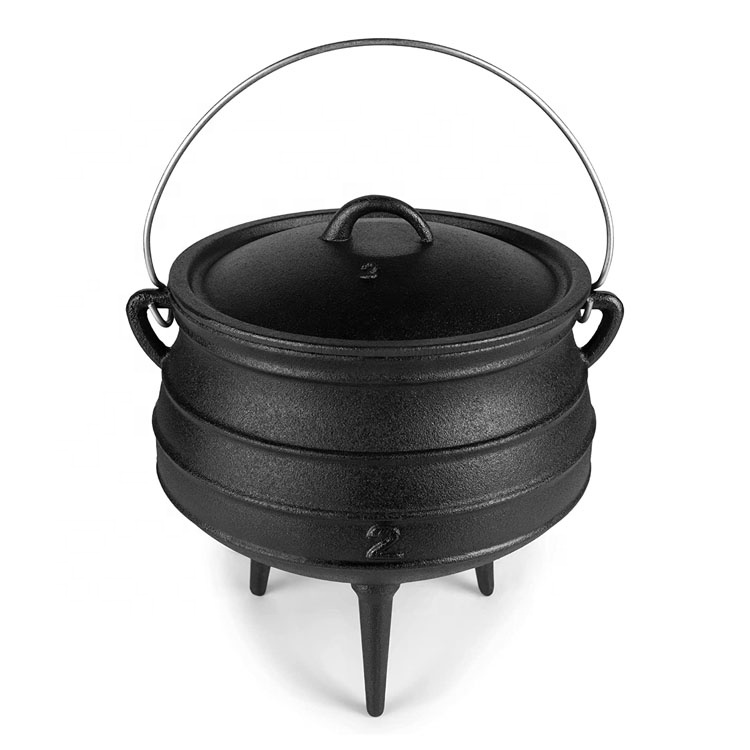
Exploring Various Types of Woks for Your Cooking Needs
Exploring Different Kinds of Woks
Woks are more than just versatile cooking vessels; they are a central part of Asian culinary tradition, especially in Chinese cuisine. With their distinctive rounded shape, woks are designed for a variety of cooking techniques, including stir-frying, steaming, deep-frying, and braising. This article will delve into the different kinds of woks, their unique features, and their specific uses in the kitchen.
1. Traditional Carbon Steel Woks Carbon steel woks are the classic choice for many cooks, especially in home kitchens and professional environments. They are prized for their ability to withstand high heat and develop a non-stick patina over time when seasoned properly. This type of wok is lightweight, making it easy to handle and maneuver, which is essential for stir-frying, where quick motion is crucial.
One notable characteristic of carbon steel woks is their responsiveness to temperature changes. When heated, they can quickly reach high temperatures, which is ideal for achieving that perfect sear on meats or crispy vegetables. However, they require some maintenance, including seasoning, to prevent rusting and maintain their non-stick properties.
2. Cast Iron Woks Cast iron woks are another popular option, known for their excellent heat retention and even distribution. Unlike carbon steel, cast iron woks take longer to heat up but will stay hot longer, making them ideal for dishes that require prolonged cooking. This attribute is particularly beneficial for braising, where steady heat is crucial for developing flavor.
Exploring Different Kinds of Woks
3. Non-Stick Woks In recent years, non-stick woks have gained popularity for their convenience and ease of use. These woks are often made from aluminum or stainless steel and come with a non-stick coating that makes cooking and cleaning a breeze. Non-stick woks are great for low-fat cooking since less oil is required, and they excel in cooking delicate foods like fish and eggs without sticking.
different kinds of woks

However, non-stick coatings can wear off over time and are generally not designed for high-heat cooking. It’s important to use non-metal utensils with these woks to preserve the coating. Additionally, many chefs argue that non-stick woks don’t deliver the same flavor depth as seasoned woks, especially when it comes to stir-frying.
4. Electric Woks For those seeking versatility and ease of use, electric woks are a modern solution. They come with built-in heating elements, allowing for precise temperature control without the need for a stovetop. Electric woks are perfect for slow cooking and can be a great option for those without a traditional kitchen setup.
Many electric woks come with non-stick surfaces, making them easy to clean, and are often equipped with features like steam trays and lids. However, they may not reach the high temperatures needed for authentic stir-frying, which can limit their effectiveness for certain traditional dishes.
5. Flat-Bottom vs. Round-Bottom Woks Woks come in two main bottom shapes flat-bottomed and round-bottomed. Flat-bottom woks are designed for use on modern gas and electric stoves, providing stability and consistent heat distribution. They are particularly useful for cooking in Western kitchens where flat surfaces are standard.
Round-bottom woks, traditional in Asian cooking, are ideal for use over a flame. The design allows for movement of food within the wok, facilitating the toss-and-stir technique that is critical to stir-frying. It’s also beneficial when cooking over an open flame or a wok burner, which can generate the necessary high heat.
Conclusion In conclusion, woks come in various types, each tailored to specific cooking styles and preferences. Whether it's the responsive nature of carbon steel, the heat retention of cast iron, the convenience of non-stick, the versatility of electric models, or the choice between flat and round bottoms, there’s a wok suited for every cook and every dish. Understanding the differences among these woks can significantly enhance your cooking experience, ensuring that you can create delicious meals that honor the rich traditions of Asian cuisine.
-
Black Cast Iron Pan- ZD Cookware|Non-Stick, Heat ResistantNewsAug.03,2025
-
Cast Iron Cookware Pancake Pan- ZD Cookware|Non-Stick, Even Heat, DurableNewsAug.02,2025
-
Cast Iron Cookware- Baixiang County Zhongda Machinery|Non-Stick, Heat RetentionNewsAug.02,2025
-
High Quality Kitchen Durable Black Round Cast Iron Cookware Pancake Crepe Pan With Wooden Handle|Non-Stick Surface&Heat RetentionNewsAug.02,2025
-
Authentic Traditional Chinese Wok for High-Performance CookingNewsAug.02,2025
-
Season Cast Iron Perfectly with GPT-4 Turbo TipsNewsAug.01,2025


